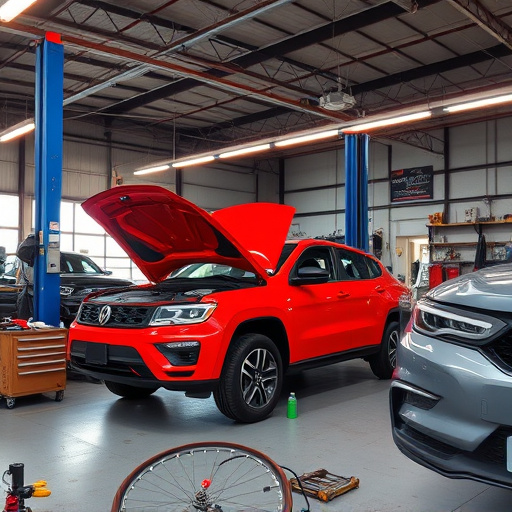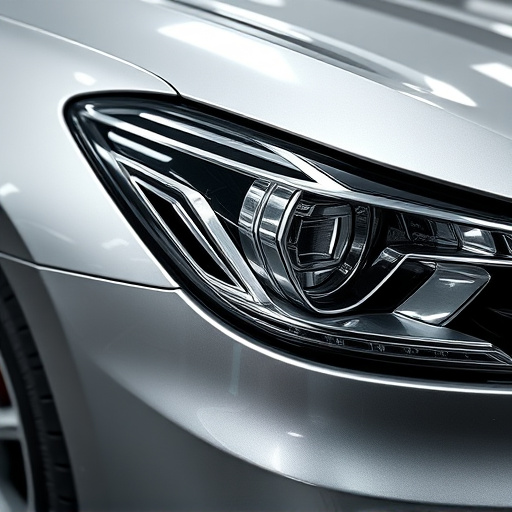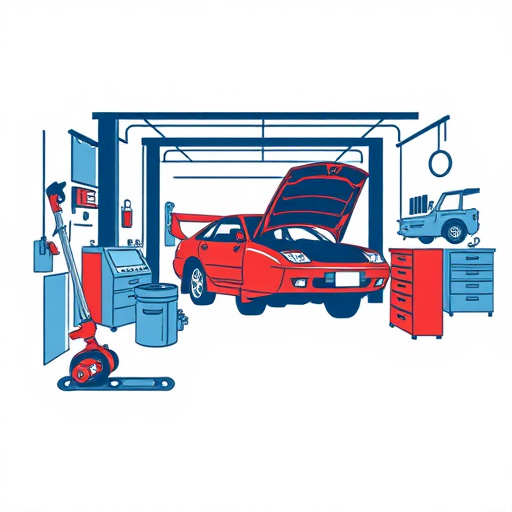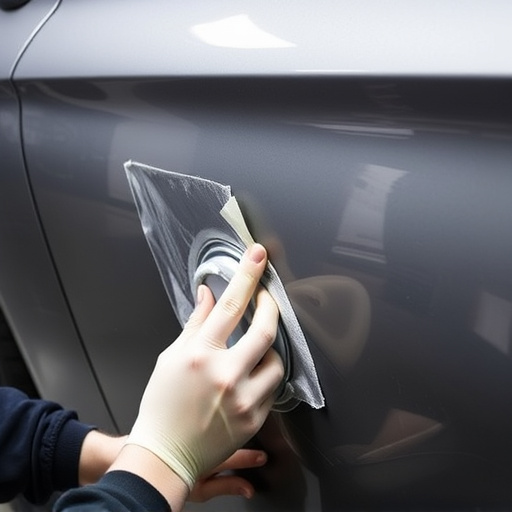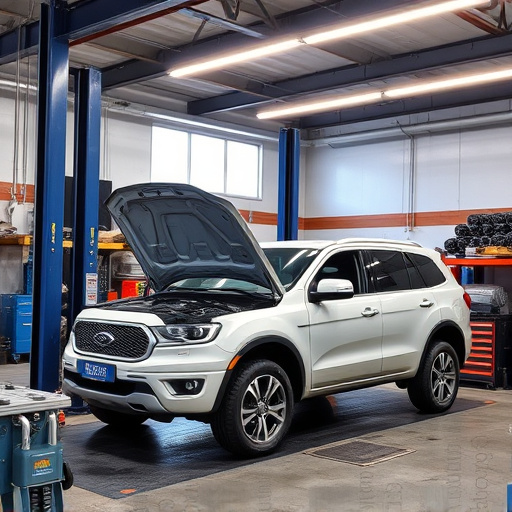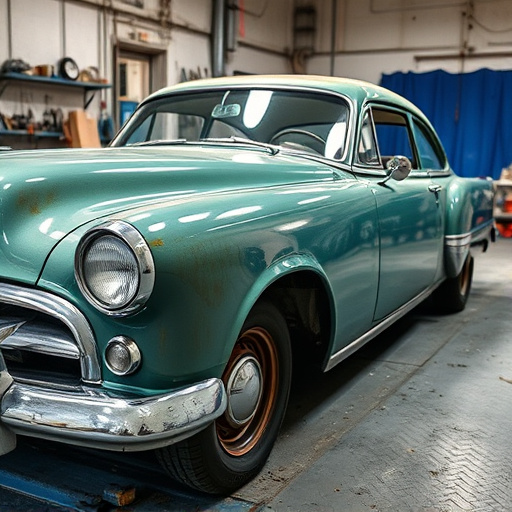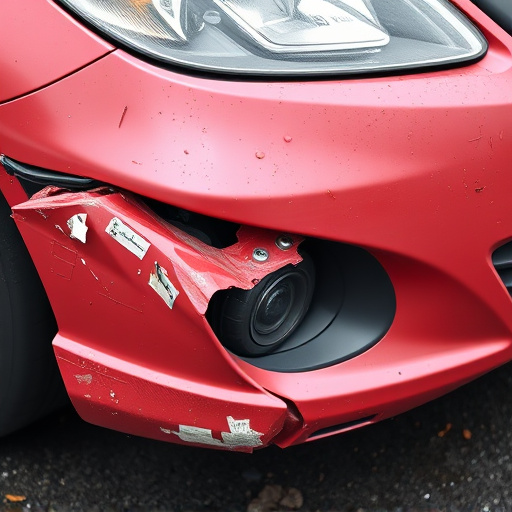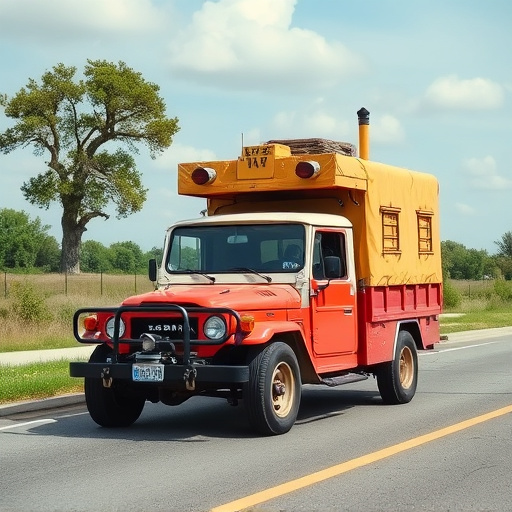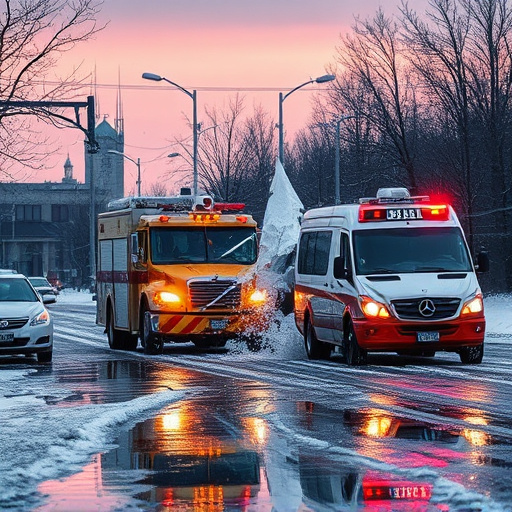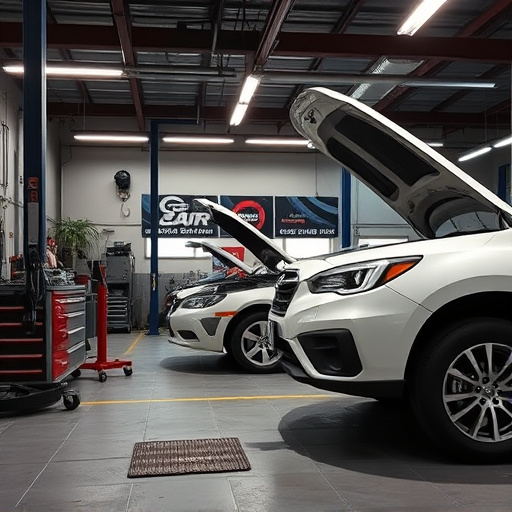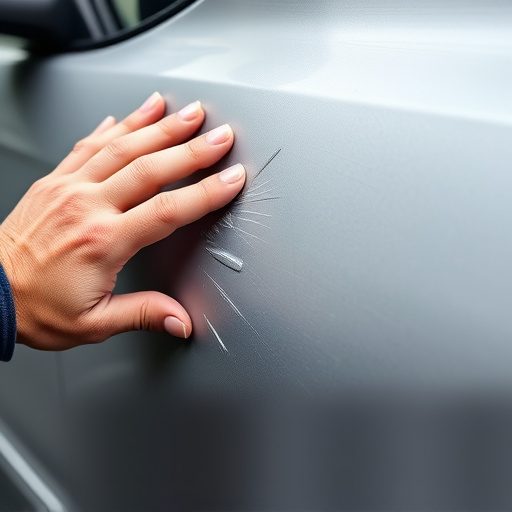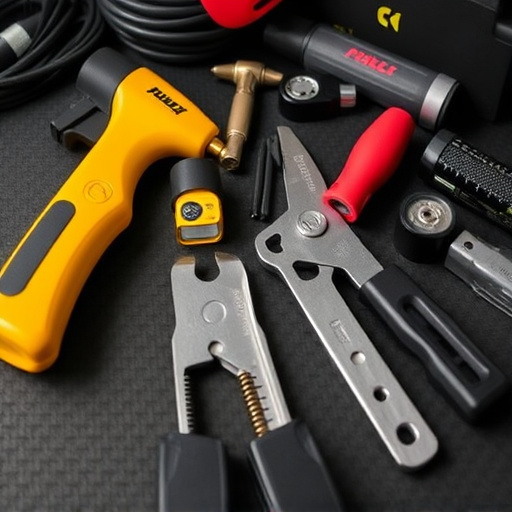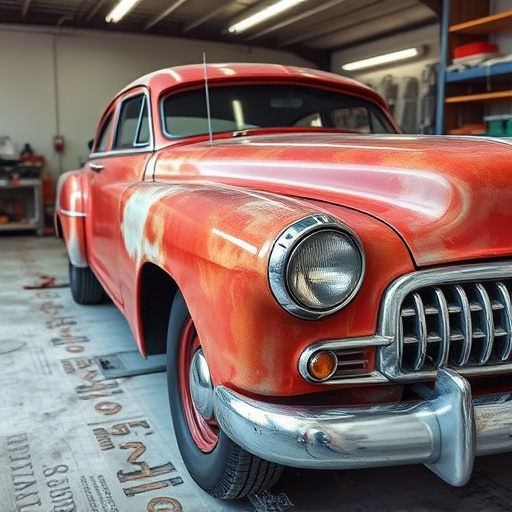Accurate alloy identification is critical when repairing high-strength steel panels to maintain vehicle structural integrity and performance. Inaccurate surface preparation, often caused by a lack of understanding, leads to subpar finishes. Improper welding techniques can compromise joint strength and cause failures. Specialized techniques for high-strength steel panels ensure longevity and structural soundness in auto body repairs and classic car restoration.
Repairing high-strength steel panels requires precision and expertise. Common mistakes, such as misidentifying alloy composition, inaccurate surface preparation, and inadequate welding techniques, can compromise structural integrity and lead to costly repairs or even failures. This article delves into these errors, offering insights on proper identification, meticulous surface preparation, and expert welding practices essential for successfully maintaining the strength and durability of high-strength steel panels.
Misidentifying Alloy Composition
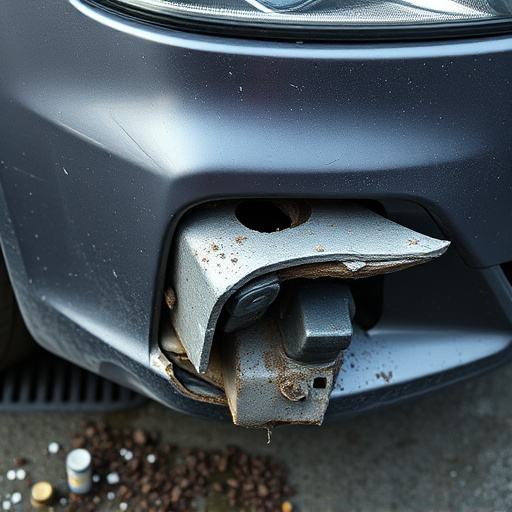
When repairing high-strength steel panels, one of the most common mistakes is misidentifying the alloy composition. Different types of high-strength steel have distinct chemical and mechanical properties, which are crucial for effective repair. Auto body shops often face challenges when dealing with these panels, as they require specialized knowledge to match the original material accurately.
During car body restoration, it’s essential to understand that not all high-strength steels are created equal. The alloy composition, including elements like chromium, nickel, and molybdenum, plays a significant role in determining strength, durability, and corrosion resistance. Misidentifying these components can lead to subpar repairs, compromising the structural integrity of the vehicle and potentially affecting its performance and safety during subsequent auto painting processes.
Inaccurate Surface Preparation
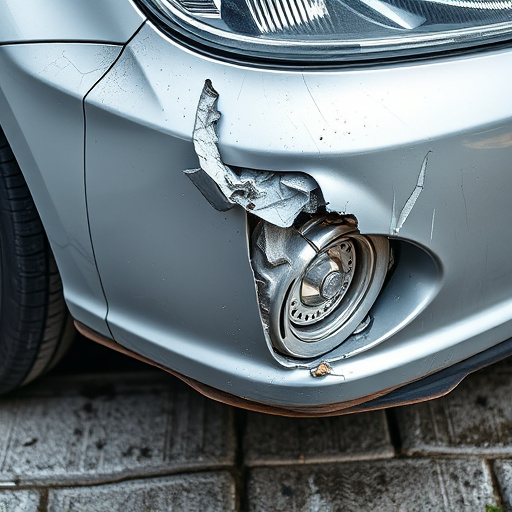
Inaccurate surface preparation is a frequent mistake when dealing with high-strength steel panels, which are commonly used in modern car bodies. This error often stems from insufficient understanding or disregard for the material’s unique properties. High-strength steel panels require meticulous handling during the repair process to maintain structural integrity and ensure long-lasting durability. In automotive restoration or car collision repair, where precision is paramount, every step of preparation must be executed correctly.
Neglecting to properly clean, degrease, and roughen the panel’s surface before application can lead to weak bonds between the repair material and the steel. This subpar preparation results in a less-than-optimal finish, making the high-strength steel panels susceptible to future damage. Whether it’s for auto glass repair or addressing dents and dings, professionals must employ suitable techniques to correct this mistake, ensuring the structural soundness of the vehicle and the longevity of any repairs made.
Inadequate Welding Techniques
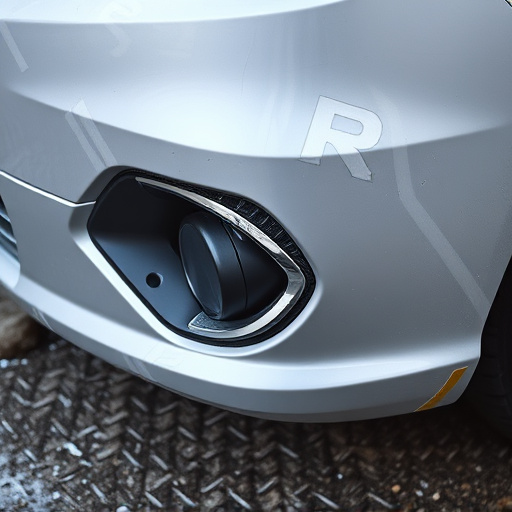
When repairing high-strength steel panels for vehicles or other applications, one of the most common mistakes made is employing inadequate welding techniques. Using improper methods can compromise the structural integrity and overall quality of the repair, which is particularly concerning with these robust materials. High-strength steel panels demand specialized care to maintain their strength and durability.
Many amateur repairs fall into the trap of using standard welding practices that may work for regular steels, but they often fail to account for the unique properties of high-strength variants. This can lead to weak joints, cracking, or even catastrophic failure during subsequent use. Professionals in car paint services or vehicle body shops specializing in classic car restoration understand this and employ advanced techniques tailored for high-strength steel panels, ensuring longevity and structural soundness.
Repairing high-strength steel panels requires precision and an understanding of their unique properties. Common mistakes such as misidentifying alloy composition, inaccurate surface preparation, and inadequate welding techniques can lead to structural weaknesses and reduced durability. By being mindful of these pitfalls and adopting best practices, professionals can ensure the integrity and longevity of high-strength steel panel repairs, maintaining safety and quality standards in construction and industrial applications.
